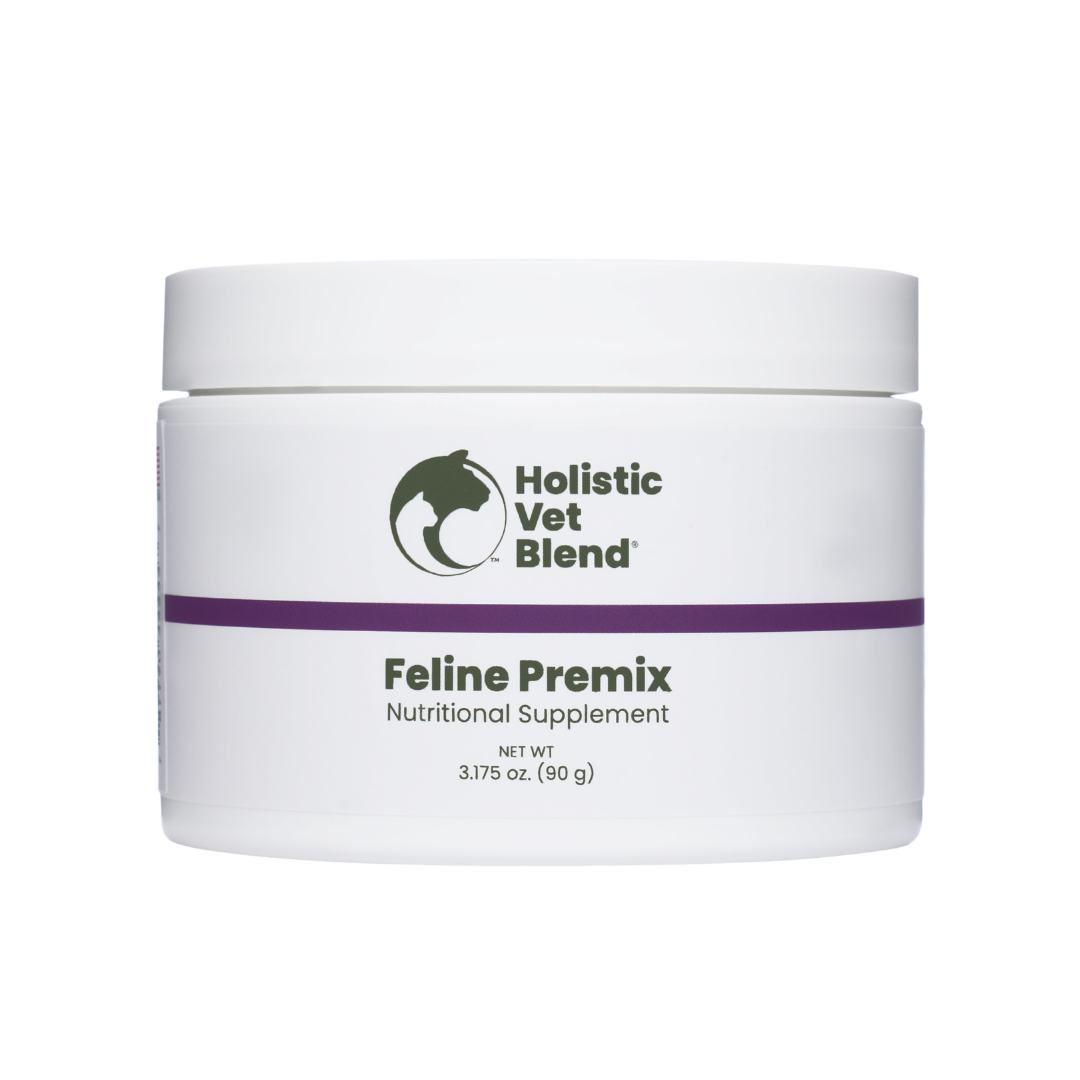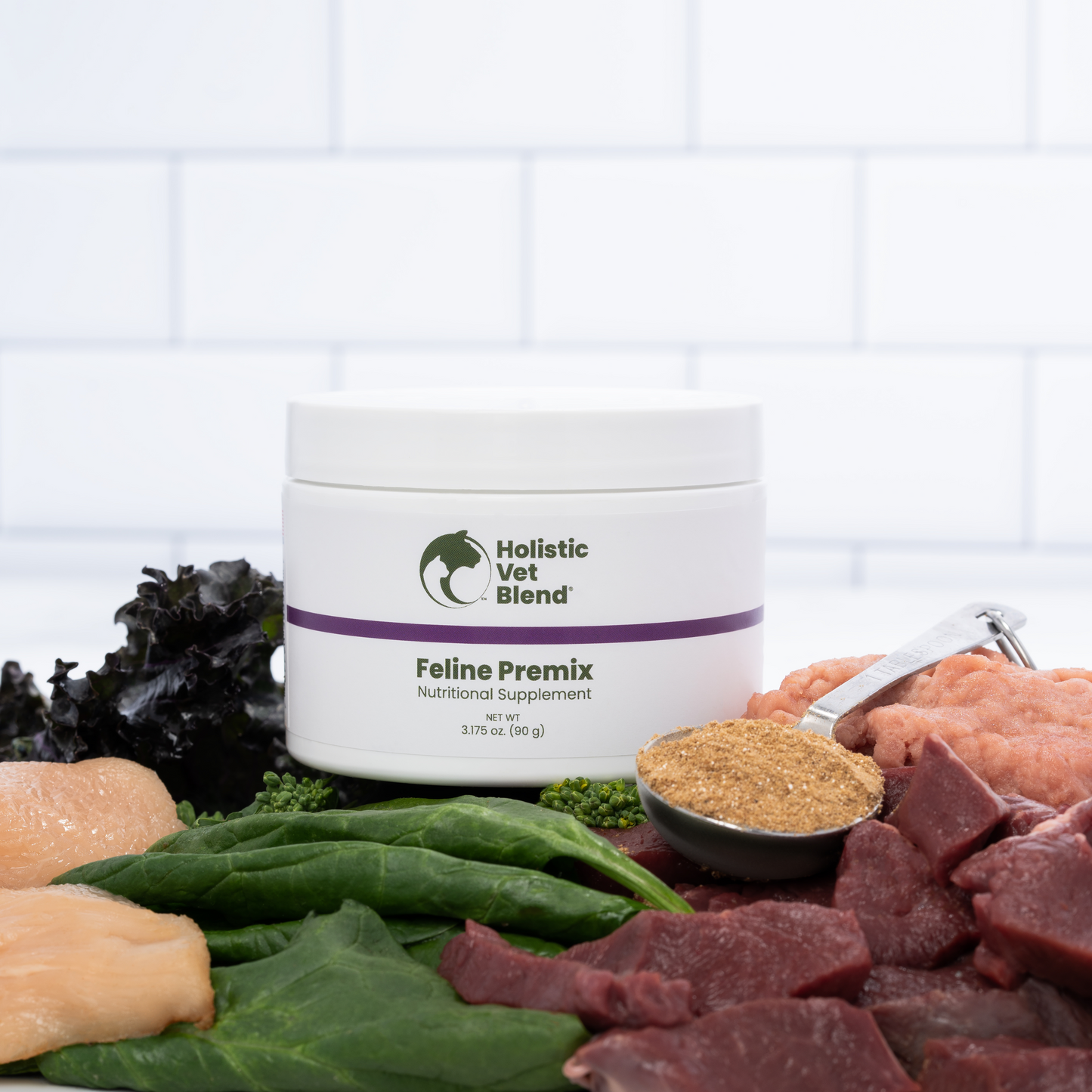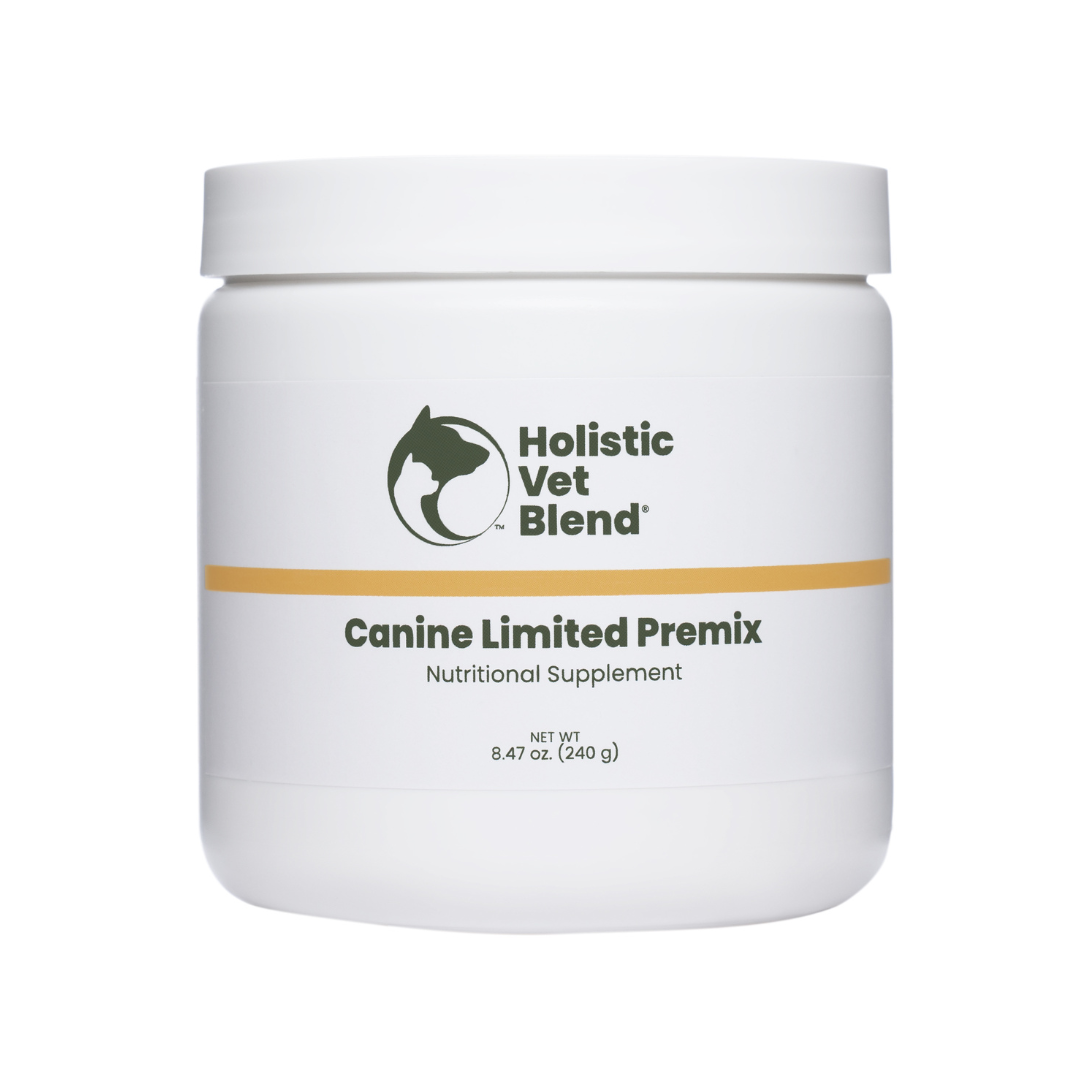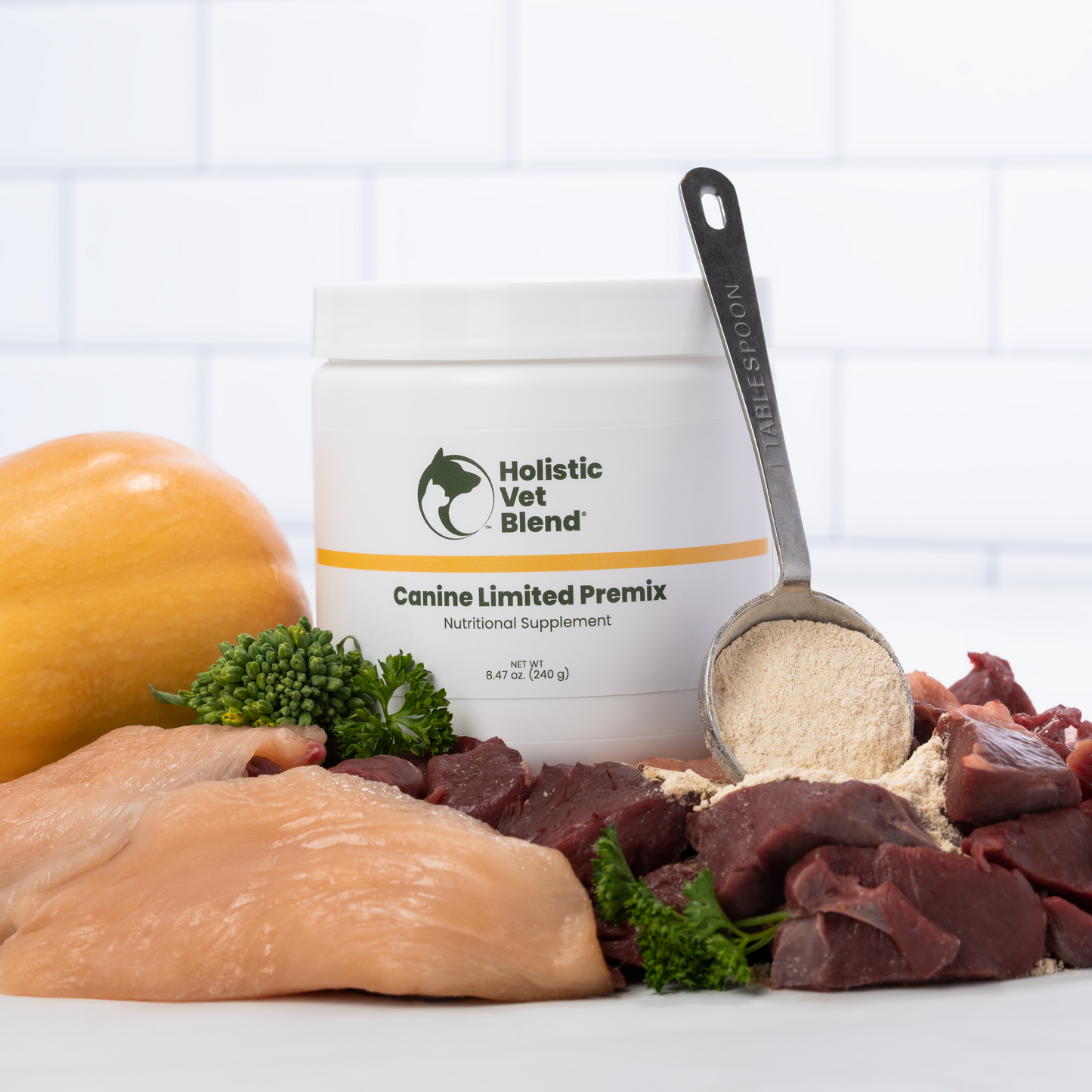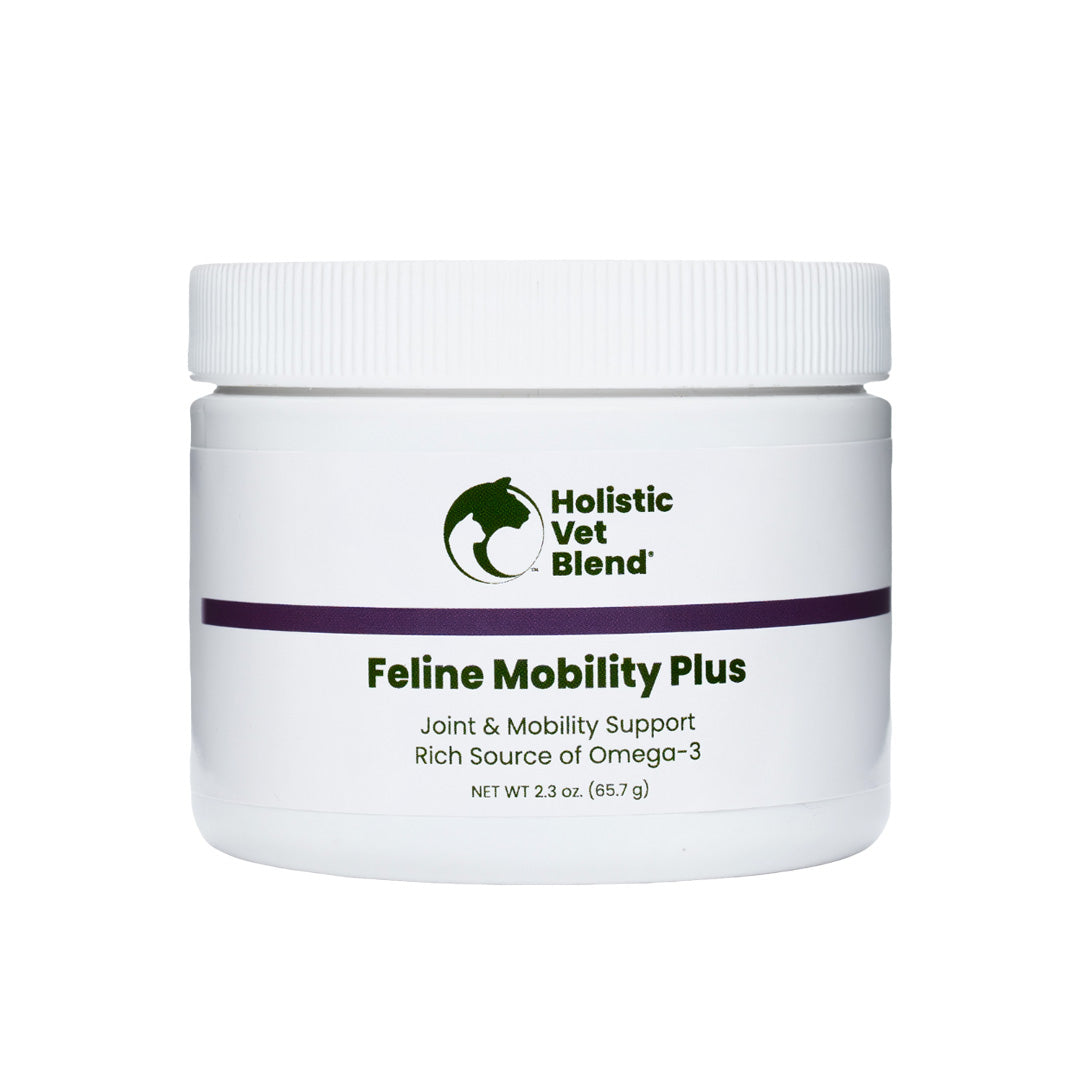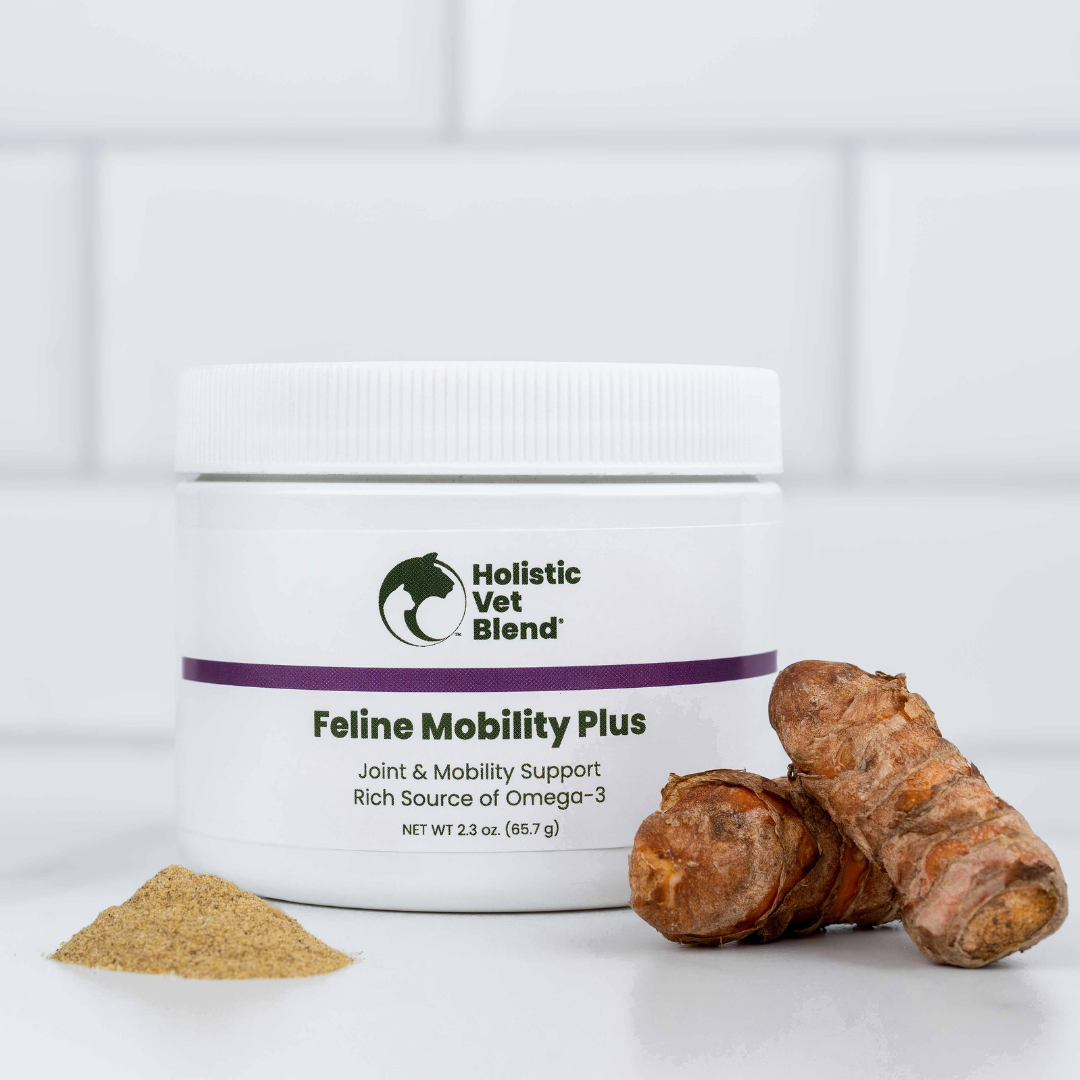
Acupressure therapy has been practiced for thousands of years as part of Traditional Chinese Medicine (TCM). originating in ancient China. In recent decades, veterinarians, osteopathic doctors, and physical therapists have rediscovered it as a gentle, non-invasive way to relieve chronic pain, improve blood circulation, and support the body’s natural healing mechanisms.
I recently attended the AHVMA (American Holistic Veterinary Medical Association) Conference, where colleagues discussed how acupucture points can be stimulated not only with physical pressure but also with light, electrical, and sound energy. Thinking about the different ways an acupuncture point can be stimulated reminded me of how deeply interconnected the pathways of the nervous system and the fascial network truly are.
As a holistic veterinarian who practices evidence-based integrative care, I’ve always been intrigued by the intersection of Eastern philosophy and Western physiology. This post bridges both worlds—honoring the wisdom of TCM while explaining what we now know about the anatomical and neurological basis of acupressure.
What Is an Acupressure Point?
In Traditional Chinese Medicine, an acupoint (or “xue”) is a node where Qi—the body’s vital energy—flows close to the surface of the skin. By applying physical pressure to these acupuncture points, practitioners aim to balance energy flow, relieve blockages, and restore harmony to the body’s systems.
From a Western medical perspective, these points often correspond to areas rich in nerve endings, vascular channels, lymphatic vessels, and fascial planes—areas of the body where the body’s communication systems intersect. Modern imaging and dissection studies have revealed that acupoints often lie over:
- Nerve branch points or neurovascular bundles
- Dense connective tissue and soft tissue junctions
- Areas of increased electrical conductance and reduced skin resistance
This means when we apply pressure, insert a needle, or use sound energy at these points, we’re likely activating clusters of sensory neurons, stimulating blood flow, and modulating the central nervous system—which can explain many of the observed effects of acupressure. Simply put, where these points are, energy flows.
The Meridian System: Pathways of Energy and Anatomy
The concept of meridians—the invisible channels through which Qi travels—is central to TCM. There are 12 primary meridians, roughly corresponding to organ systems.
While TCM describes meridians in energetic terms, modern science provides anatomical correlates. Researchers have found that many meridians follow fascial planes, nerve routes, or vascular pathways. The fascia—an intricate web of connective tissue that wraps around every muscle, nerve, and organ—acts as a communication highway within the body.
This helps explain why manual therapy techniques like acupressure or osteopathy can influence distant areas: tension or restriction in one part of the fascia can affect other parts of the body, leading to muscular tension, lower back pain, or even internal organ dysfunction.
By stimulating specific acupoints along these fascial and neural routes, we can influence local and systemic physiology—modulating the autonomic nervous system, reducing stress hormones, and improving sleep quality and quality of life for both people and pets.
Benefits of Acupressure
A growing body of medical studies and systematic reviews supports the efficacy of acupressure in both humans and animals. While more randomized controlled trials (RCTs) are needed in veterinary medicine, there is plenty of evidence that acupressure can benefit a wide range of conditions:
- Pain relief and pain reduction (especially chronic back and neck pain)
- Relaxation of soft tissue muscle tension and trigger points
- Improved blood circulation
- Stress reduction through lowering cortisol and balancing parasympathetic tone
- Enhanced immune response and healing
- Better quality of sleep, digestion, and overall sense of well-being
In one systematic review published in the Journal of Pain Management, acupressure was found to significantly improve symptom management and quality of life in patients with chronic pain conditions compared to control groups. Another randomized controlled trial demonstrated measurable decreases in stress hormones and increases in heart rate variability, reflecting improved autonomic balance, and may also help mitigate symptoms related to nausea and motion sickness.
The use of acupressure in veterinary patients follows similar principles. When performed properly, it is a safe, gentle, and effective treatment that can relieve discomfort, especially for older pets with arthritis, chronic pain, or limited mobility.
Specific Acupressure Techniques for Pets
Acupressure therapy can be performed using several techniques, depending on your comfort level and your pet’s temperament:
1. What is Acupressure Therapy?
The simplest method is using your fingertips or thumbs to apply pressure to an acupuncture point. Think of it as targeted massage therapy that can have local and far-reaching effects. Use small circular motions or gentle static pressure for 10–30 seconds at a time.
2. Laser Acupuncture
Low-level laser therapy targets the same acupoints using light energy. It’s especially useful for animals that dislike needles or manual touch. Laser stimulation promotes cellular energy (ATP) production and can reduce inflammation without discomfort.
3. Acupuncture Needles
For trained practitioners, acupuncture needles remain the gold standard for precise stimulation of specific points to treat a variety of symptoms. The needle’s micro-movement activates both local and central mechanisms—often providing more substantial pain relief and neurochemical effects. Very low-level electrical currents can be applied to the needles to release more endorphans.
4. Sound and Vibrational Energy (Tuning Forks)
This is where things get exciting—and surprisingly evidence-based. Tuning forks, especially those vibrating at 128 Hz, have long been used in human medicine to test hearing, neuropathy, and bone integrity. The same principle can be applied therapeutically to stimulate acupoints using sound energy rather than physical pressure. I started playing around with this with my cats and my chihuahua mix to to see if they would be more amenable to this than needling. I was pleasantly surprised!
The 128 Hz Tuning Fork: A Sound Tool for Healing
I’ll admit, I was skeptical when a dear friend—more “woo-woo” than I am—started using tuning forks and crystals in her healing practice. She swore by their “vibrational frequencies” and even had different forks for different ailments. I was curious but unconvinced.
Then I learned that 128 Hz tuning forks are not new-age gimmicks—they’ve been used for over a century in neurological and orthopedic exams. Doctors use them to assess vibration sense in patients with neuropathy, to evaluate hearing, and even to detect fractures. This frequency sits at a range known to penetrate soft tissue without discomfort.
So, I ordered a weighted 128 Hz tuning fork from Amazon to see for myself. When I began testing it on my animals, I was astonished:
- My cats, normally wary of touch, relaxed instantly as I held the fork over key acupressure points.
- My Chihuahua, who dislikes needles, allowed me to apply the vibrating fork without resistance.
- My Border Collie, hypersensitive to sound, tolerated it calmly and even leaned into the vibration.
These experiences made me realize that sound energy can provide the same effects of acupressure—releasing muscular tension, improving blood circulation, and modulating the central nervous system—but in a way that many pets find more comfortable.
How to Use a 128 Hz Weighted Tuning Fork for Acupressure
Here’s how pet parents and practitioners can safely integrate this gentle tool:
- Activate the Fork
Tap it against a soft rubber activator or the palm of your hand. You’ll hear a clear hum—this is sound energy at 128 Hz. - Locate the Acupressure Point
Common areas for pets with chronic back pain include the shoulders, hips, lower back, or along the Bladder meridian. These specific acupoints correspond to nerves that modulate pain and regulate blood flow. - Apply the Fork to the Skin
Gently touch the weighted end to the surface of the skin or fur. Hold it still for 15–30 seconds. - Observe the Response
Signs of relaxation—such as sighing, stretching, blinking slowly, or shifting posture—indicate the pet is benefiting from the application of pressure and vibration. - Frequency and Duration
Start with short sessions (2–5 minutes total) and increase gradually. Most pets benefit from acupressure treatment 2–3 times per week. - Combine Modalities
You can integrate the tuning fork with manual therapy, laser therapy, or gentle massage to amplify results.
The health benefits can be profound: reduced chronic pain, improved mobility, and better overall calmness.
The Science Behind Vibrational Acupressure
Several medical studies have explored how mechanical vibration affects biological tissues. Here’s what’s known:
- Vibrations transmit through fascia and interstitial fluid, enhancing microcirculation and lymphatic drainage.
- They activate mechanosensitive ion channels in nerve endings, influencing pain pathways in the central nervous system.
- Sound waves can increase nitric oxide production—a natural vasodilator that improves blood circulation and tissue healing.
- Gentle vibration has been shown to reduce stress hormones, such as cortisol, supporting relaxation and immune balance.
While the effectiveness of acupressure using tuning forks in veterinary medicine is still under study, early evidence and anecdotal results are encouraging. Because vibration is gentle and non-invasive, side effects are rare when performed correctly.
Integrative Acupressure: Tradition Meets Neuroscience
What fascinates me most is how ancient wisdom aligns with modern science. TCM described pathways of energy thousands of years before Western medicine understood the neural and fascial networks. Today, acupressure therapy beautifully bridges that gap.
When we stimulate a pressure point, we influence not just the surface of the skin, but also deep soft tissue, nerve reflex arcs, and the body’s autonomic balance. That’s why acupressure is now being studied in systematic reviews alongside other forms of manual therapy—for its measurable benefits on pain relief, stress regulation, and symptom management.
Even in animals, acupressure can enhance mobility, reduce anxiety, and restore balance. The key is understanding that whether we use a needle, gentle pressure, laser light, or sound, we are working with the same biological pathways of energy and communication.
Why It’s Not “Woo-Woo”: The Western Perspective
When skeptics dismiss acupressure or tuning forks as pseudoscience, they overlook its very real physiological mechanisms. Think of it like this:
- A tuning fork creates mechanical vibration, just like therapeutic ultrasound or shockwave therapy, only gentler.
- Pressure-point massage stimulates mechanoreceptors that send inhibitory signals to the spinal cord, reducing the perception of pain (the “gate control” theory).
- Activation of the central nervous system via acupoints triggers the release of endorphins and serotonin, the body’s natural pain-relieving chemicals.
It’s not mystical—it’s mechanotransduction: applying pressure or vibration at one location leads to measurable effects throughout the body.
Potential Side Effects and Safety Tips
When practiced gently, acupressure therapy is extremely safe for pets. However, a few precautions are important:
- Avoid areas with open wounds, tumors, or acute infections.
- Use minimal pressure in senior pets or those with fragile skin.
- Discontinue if your pet shows discomfort or agitation.
- Consult your veterinarian before using acupressure on pets with serious systemic illness.
Remember, acupressure complements—never replaces—veterinary diagnosis and care.
Conclusion: A Bridge Between Worlds
Acupressure work embodies the best of both worlds: the holistic philosophy of Traditional Chinese Medicine and the scientific understanding of modern anatomy. It’s a tool for connection—between practitioner and patient, human and animal, East and West.
Whether you use your hands or a weighted 128 Hz tuning fork, acupressure allows you to engage directly with your pet’s natural healing intelligence. It’s not about believing in energy; it’s about recognizing that pressure, vibration, and touch influence the body’s nervous system, blood circulation, and soft tissue in tangible ways.
As veterinarians, pet parents, and healers, our goal is the same: to enhance comfort, relieve pain, and improve the quality of life for our beloved companions.
Try It for Yourself
You can order the same weighted 128 Hz tuning fork I use in my own practice on Amazon here. It’s an excellent tool for gentle stimulation of acupressure points—especially helpful for sensitive pets that dislike direct pressure or needles. If you don't know where to start, you can find a licensed acupuncturist in your area to help you with a program tailored to your pet's unique needs.
Want to Learn More?
If you’d like more holistic pet-care guidance—from nutrition to acupuncture, herbs, and mobility—subscribe to my newsletter at Holistic Vet Blend®. You’ll receive trusted insights, simple home techniques, and research-based wellness tips to help your pets thrive—naturally.




